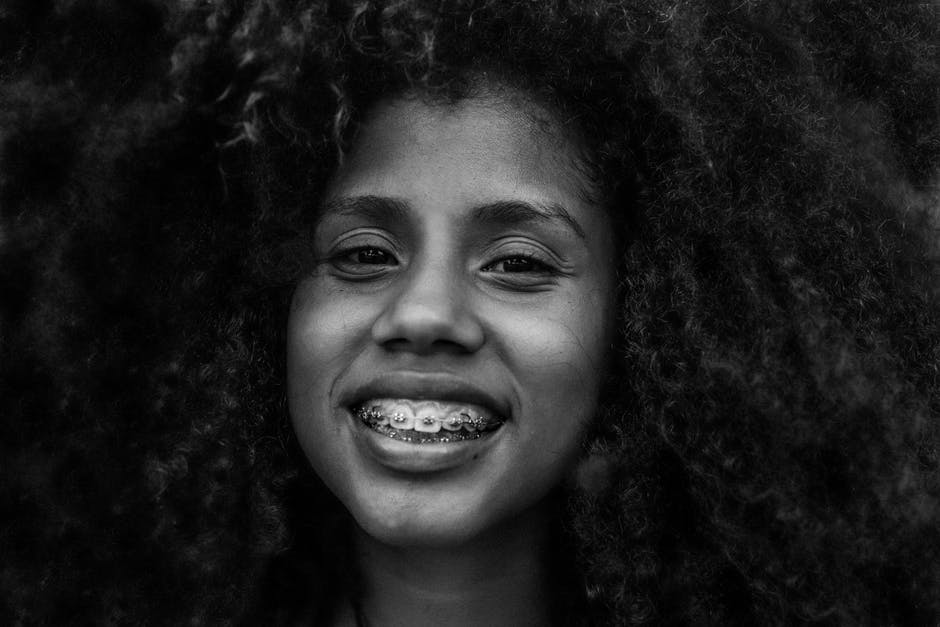An estimated 4.5 million Americans wear braces on their teeth at any given time.
Dental braces are wire-braced appliances that orthodontists use to correct crooked teeth, crowded teeth, overbites, underbites, incorrect jaw position, and other imperfections.
If you are a parent of a school-aged child, you may be wondering if braces are in your future. How do you know when to get them, and if they will be worth the investment?
Let’s take a look.
1. The Ideal Time
Most orthodontists recommend that children get braces (if needed) between the ages of ten and fourteen years old. During this time, children’s heads and mouths are still growing, and the teeth are more conducive to straightening.
This is also the age when most children have lost their baby teeth, and the majority of adult teeth have grown in. Young people getting braces should wait until just before they lose their last set of baby molars. Beginning treatment too late could result in treatment options that rely on jaw bone growth becoming more difficult.
The first permanent teeth your child gets should grow in somewhere around the age of six. These will likely be those behind the baby molars. The central incisors, or front teeth, are usually the first to fall out and be replaced by adult teeth.
It generally takes between five to six years for children to complete the transition from baby teeth to permanent teeth. Most kids will have all of their adult teeth by the age of twelve or thirteen.
It is important to remember that not all children have the same tooth schedule. Some may have a full mouth of permanent teeth by the age of nine, and others may still have baby teeth into their teens. This is nothing to worry about as long as permanent teeth grow in eventually.
2. A First Visit
Orthodontists recommend that children get their first orthodontic evaluation by the time they are seven years old. An orthodontist is a dentist who has received extra training in order to specialize in straightening and aligning teeth.
An early trip to the orthodontist does not mean that your child will need braces. It simply allows the orthodontist to rule out any tooth growth or bite problems that require early intervention. The doctor can then monitor and observe your child’s dental growth until they are ready for treatment.
If your child needs treatment, interceptive or preventative care can take advantage of your child’s growth to guide dental development.
3. Two Schools Of Thought
Some orthodontists recommend an interceptive approach, which involves using dental appliances at an earlier age when the child still has their baby teeth. The appliances are not necessarily braces.
When the child has most of their adult teeth, the second phase begins, usually with braces. Those in favor of this approach say that the second phase will become shorter due to the implementation of the first phase.
Orthodontists who favor a traditional one-phase treatment say that the second phase increases the time, and possibly the expense, of traditional ones.
The right treatment for your child will depend upon the severity of their dental problems. You should get more than one opinion and consider the pros and cons carefully as they relate to your situation.
4. Types Of Braces
The most popular types of braces for children are brackets made of metal or plastic. “Bands” are a traditional type of braces that cover most of the teeth with metal bands and wrap around the teeth. “Lingual” braces are attached to the back of the teeth and hidden from view.
Most braces use wires to move teeth to desired positions. Clear dental aligners, such as Invisalign, are also available for children.
5. Time With Braces
Most children will wear braces for around eighteen to thirty months, followed by a retainer for a few months up to two years. Some patients may need to wear a permanent retainer if they do not want their problematic bite to return.
Most patients will need to visit the orthodontist once every six weeks to have their braces adjusted. Mild pressure gets applied to brackets or bands in order to shift teeth and jaws into desired positions.
After each visit, your child may need to eat soft foods only and use an over-the-counter pain reliever to relieve mild soreness.
6. How Much Do Braces Cost?
You can expect to pay between $5,000 and $6,000 on braces. While this sounds high, many dental insurances will cover at least part of the cost.
Most orthodontists will offer some kind of payment plan in which braces can be paid off monthly. You may also get a discount for paying for the braces in full upfront.
Metal braces offer low cost of treatment and fast alignment of teeth. Ceramic braces are slightly more expensive and blend in better with teeth. Lingual braces are more costly because of how difficult they are to install and adjust.
Invisalign plastic molds can be removed and replaced by the patient, making them the most comfortable option. Their transparency can make your child less self-conscious and more confident about their braces.
Invisalign treatments, however, may also take longer than traditional metal braces. They are also may be slightly more expensive.
When To Get Braces
Different orthodontists may give you varying opinions on when to get your child’s braces. Weigh your options carefully before deciding on the right treatment for your child. Once you move ahead, your little smiler will have a mouth they can be proud of for years to come!
For a professional opinion, contact us today.

